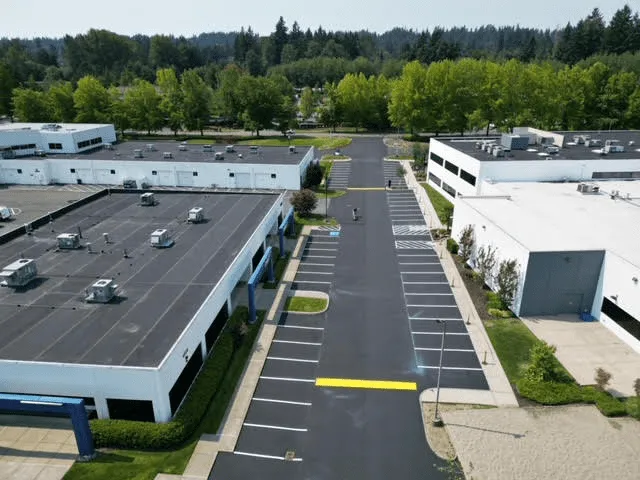Coal tar sealers first saw use shortly after the turn of the 20th century in the construction of sealed roads. By the 1940s, American asphalt paving contractors were applying copious amounts of these sealants to parking lots, streets, walkways, and driveways. Over the next few decades, the use of coal tar sealcoating continued to increase. However, by the 1980s, the scientific and medical communities had begun to question the safety of coal tar sealants. Research projects were undertaken to determine the effects of coal tar on fish, birds, and plant life, and the results were quite unsettling. Humans who lived, worked, or played near asphalt pavements sealed with coal tar products have also been studied, and the results were even more disturbing. Researchers have identified chemicals in coal tar that are known as polycyclic aromatic hydrocarbons, or PAHs for short, as known or suspected carcinogens. Until recently, though, the people executing and supporting sealcoating applications were not extensively studied. Fortunately, the National Institute for Occupational Safety and Health, commonly known as NIOSH, launched a six-year assessment to study PAHs among people whose jobs involved working with coal-tar sealants. NIOSH recently published its findings, and the results can best be described as shocking.
What Is NIOSH?
NIOSH is not a “think tank” sponsored by special interest groups or environmental activists. It is a federal agency that is part of the Centers for Disease Control and Prevention. In turn, the CDC operates under the auspices of the United States Department of Health and Human Services.
How Did NIOSH Assess Coal Tar Sealcoat Applicators?
NIOSH selected three different companies that used coal tar sealers, then followed a total of 21 representative crew members from these companies. PAHs can be inhaled, absorbed through the skin, or ingested, so NIOSH conducted skin swabs, urine tests, and concentrations of PAHs in the air. Urine tests and skin wipes were performed before workers began their duties, then again when their shifts ended. Air quality was studied by mounting personal breathing zone filters on the upper chests of the workers. Urine was tested because many PAHs are excreted in the urine, and PAHs on the skin were assessed because of the possibility of absorption or inadvertent ingestion. Performing tests both before and after shifts ensured that increases in PAH levels occurred during work. Crew members consisted of support personnel as well as the workers performing the actual sealcoating application.
What Did the NIOSH Study Find?
One particularly noteworthy finding was that PAH levels were elevated among support personnel who did not work directly with coal tar sealants. However, applicators had higher levels than support personnel when their air samples and end-of-day hand wipes were analyzed. The implication is that merely being present at or near a pavement on which coal tar sealcoating are being applied can increase an individual’s health risks. Here are a few of the other findings reported by NIOSH.
- Compared to previous studies involving asphalt workers, coal tar sealcoating workers had substantially higher concentrations of PAH levels in their skin and air samples.
- Nine of the 22 PAHs studied during this project ranged from possible or suspected human carcinogens to known carcinogens. All nine of these PAHs were found in air samples collected at all companies. There was one exception; a single carcinogenic PAH was not detected in air samples during a single site visit.
- All workers showed elevated coal tar chemicals after their shifts ended than before they started.
- At the end of the work week, approximately 90% of the post-shift samples revealed levels that were far above the agreed-upon level at which typical workers could expect to incur negative health consequences, including gene mutations.
- Of the PAHs found, four do not have a standard in place for safe exposure levels. This is because animal studies have shown them to be carcinogenic.
- Urine tests revealed that the workers had levels of one PAH that were more than 300 times higher than what is found in the general population.
At Pacific Sealcoat Distributors, we do not feel that a “safe” level of exposure to known or suspected carcinogens exists. This is especially true when it involves the exposure of young children to PAHs; children have been shown to be 30 times more susceptible than adults to the dangers presented by coal tar. This raises the possibility of second-hand exposure if coal tar sealcoating workers carry the PAHs home on their clothing or skin. We are proud to be a manufacturer and distributor of Pitch Black Asphalt Emulsion Sealcoat, which contains 0.00% PAHs. If you would like to learn more, reach out to us by submitting our contact form online, calling our facility in Milton, Washington at 253-888-0502, or sending an email to Gary.M@PacificSealcoat.com.



